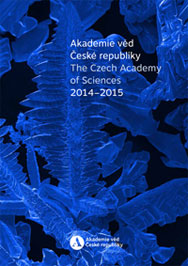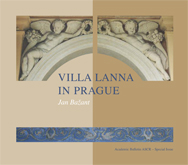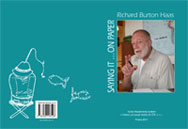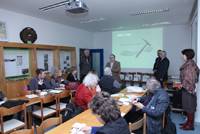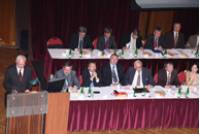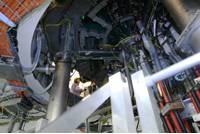A new image from ESO’s VISTA telescope captures a celestial landscape of glowing clouds of gas and tendrils of dust surrounding hot young stars. This infrared view reveals the stellar nursery known as NGC 6357 in a surprising new light. It was taken as part of a VISTA survey that is currently scanning the Milky Way in a bid to map our galaxy’s structure and explain how it formed.

Located around 8000 light-years away in the constellation of Scorpius (The Scorpion), NGC 6357 —
sometimes nicknamed the Lobster Nebula [1] due to its appearance in visible-light images — is a
region filled with vast clouds of gas and tendrils of dark dust. These clouds are forming stars,
including massive hot stars which glow a brilliant blue-white in visible light.
This image uses infrared data from ESO’s Visible and Infrared Survey Telescope for Astronomy
(VISTA) at the Paranal Observatory in Chile. It is just a small part of a huge survey called VISTA
Variables in the Vía Láctea (VVV) that is imaging the central parts of the Galaxy (eso1242). The
new picture presents a drastically different view to that seen in visible-light images — such as
the image taken with the 1.5-metre Danish telescope at La Silla — as infrared radiation can
penetrate much of the covering of dust that shrouds the object [2].
One of the bright young stars in NGC 6357, known as Pismis 24-1, was thought to be the most
massive star known — until it was found to actually be made up of at least three huge bright stars,
each with a mass of under 100 times that of our Sun. Even so, these stars are still heavyweights —
some of the most massive in our Milky Way. Pismis 24-1 is the brightest object in the Pismis 24
star cluster, a bunch of stars that are all thought to have formed at the same time within NGC
6357.
VISTA is the largest and most powerful survey telescope ever built, and is dedicated to
surveying the sky in infrared light. The VVV survey is scanning the central bulge and some of the
plane of our galaxy to create a huge dataset that will help astronomers to discover more about the
origin, early life, and structure of the Milky Way.
Parts of NGC 6357 have also been observed by the NASA/ESA Hubble Space Telescope (heic0619a)
and ESO’s Very Large Telescope (eso1226a). Both telescopes have produced visible-light images of
various parts of this region — comparing these images with this new infrared image above shows some
striking differences. In the infrared the large plumes of red-hued material are much reduced, with
tendrils of pale, purple gas stretching out from the nebula in different areas.
More information: http://www.eso.org/public/
20 Feb 2013




